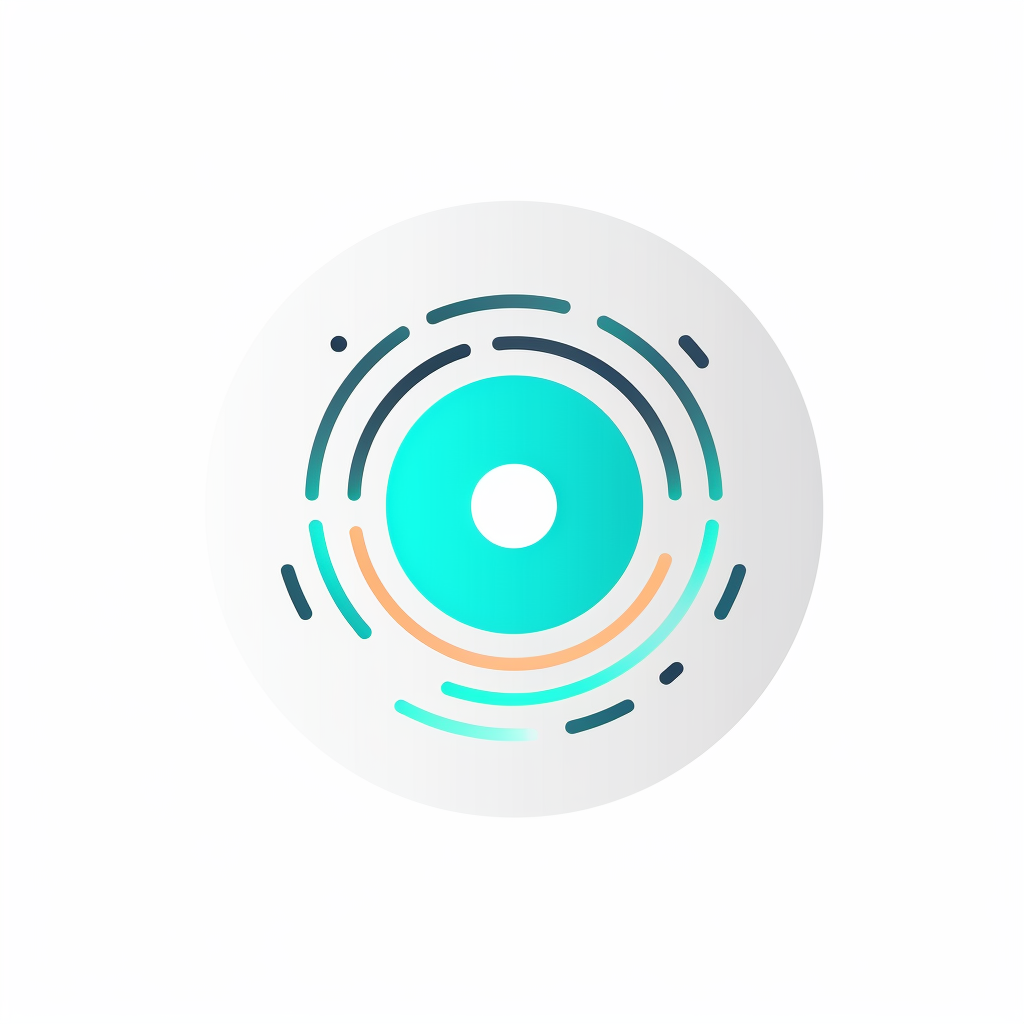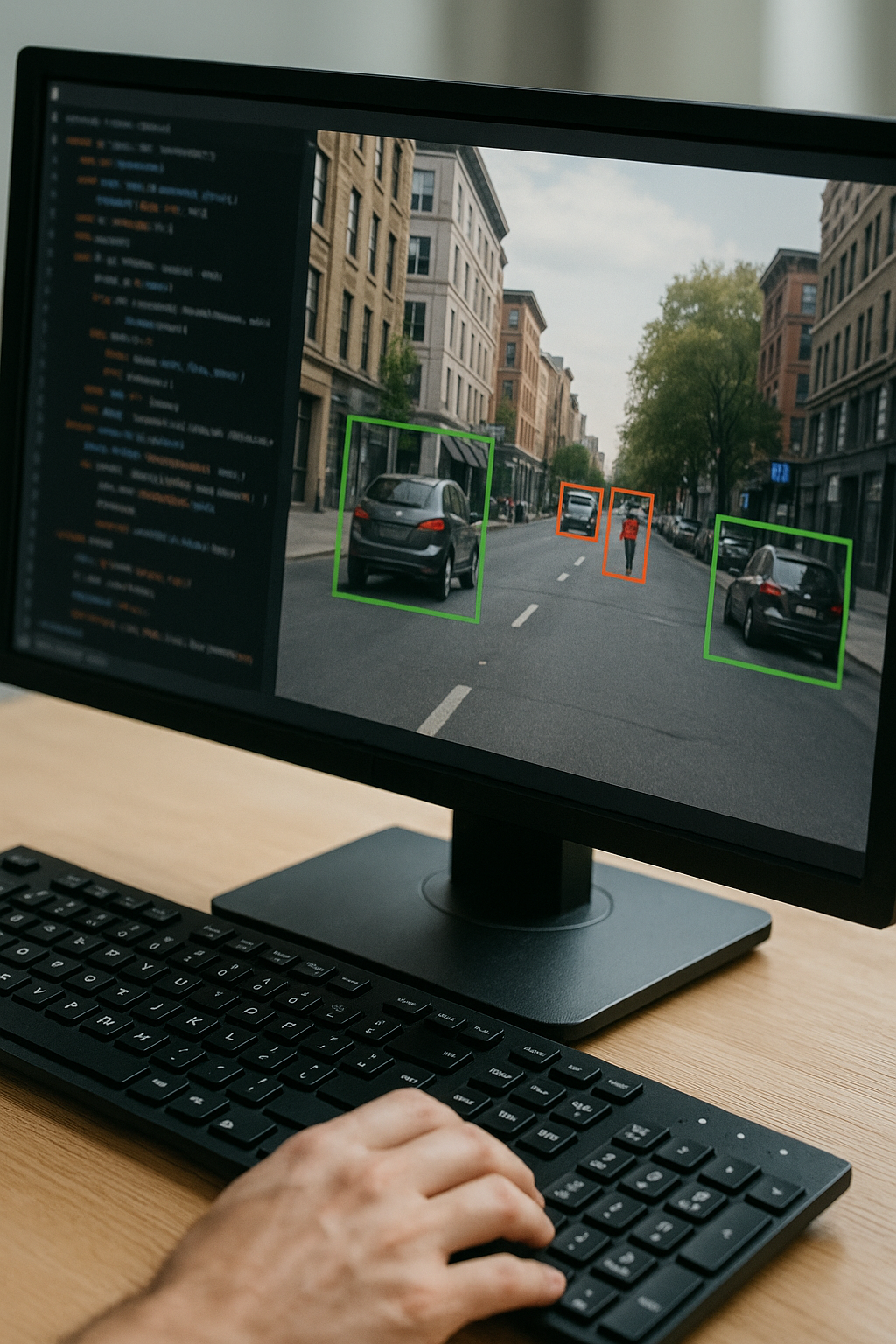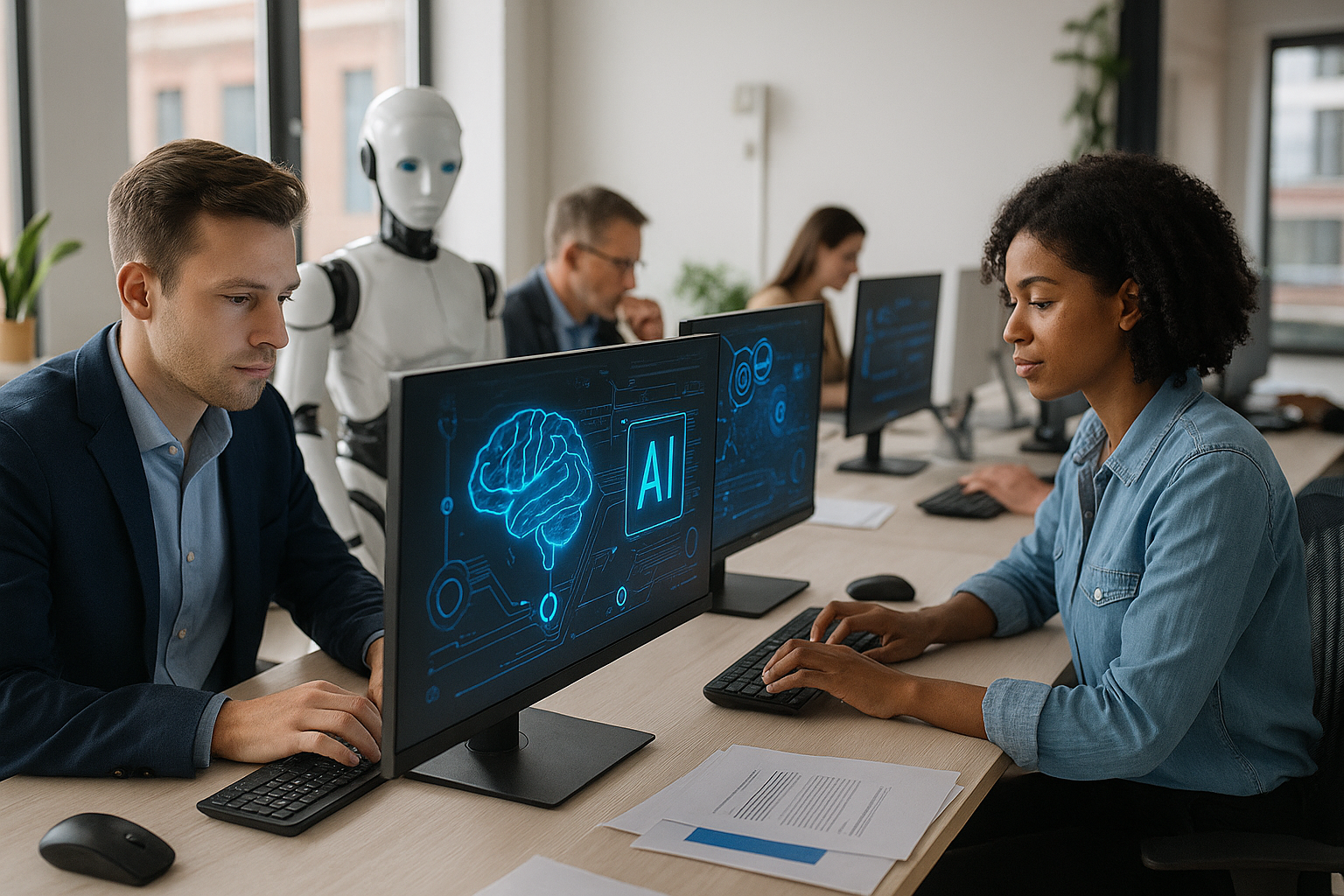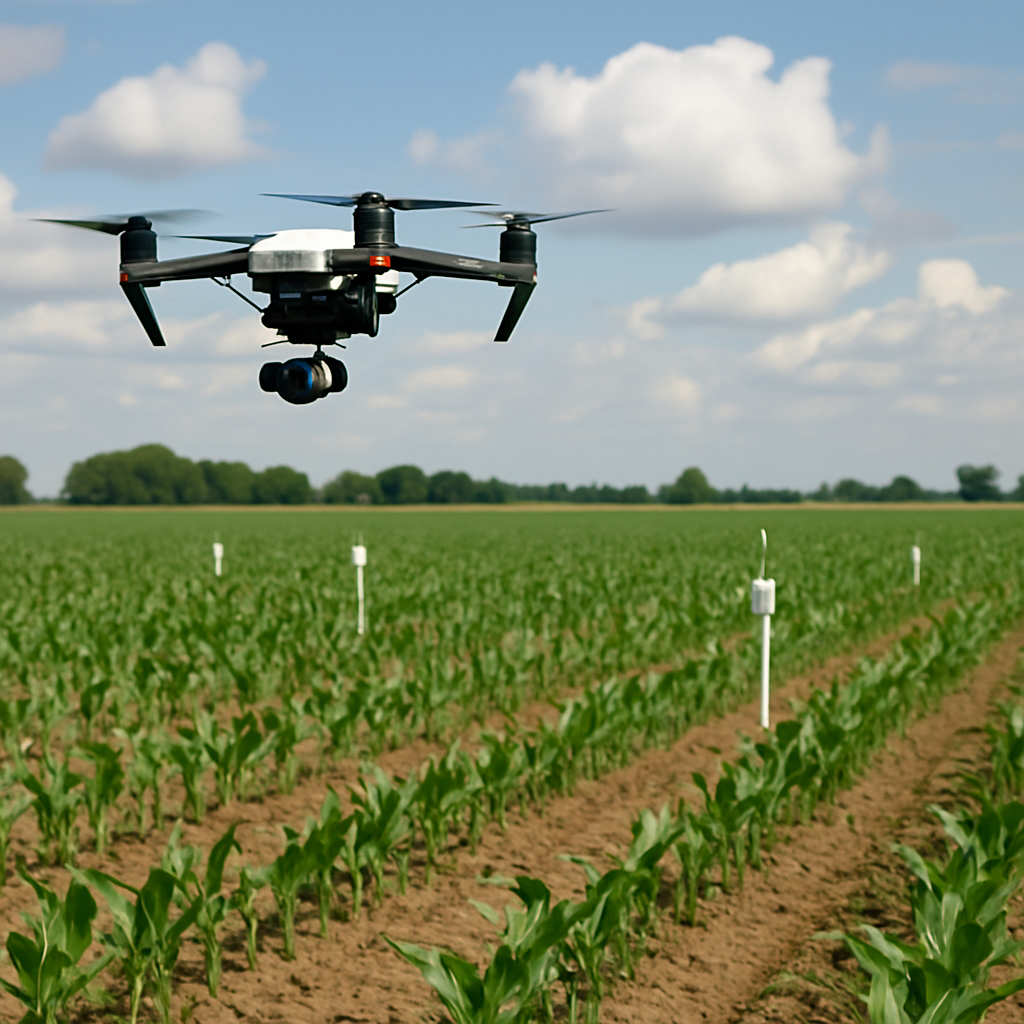AI and Creativity
How Technology is Shaping the Future of Art, Music, and Design
The interplay between artificial intelligence (AI) and human creativity has sparked a transformative era in fields such as art, music, and design. AI is increasingly being used as a tool to enhance human creativity, providing artists, musicians, and designers with innovative ways to express ideas and streamline their workflows. From algorithmic painting to AI-composed symphonies, the reach of AI into the creative realm is vast. However, as AI becomes more prevalent in these fields, debates around authenticity, originality, and ethics intensify.
In this post, we’ll explore how AI is being used to augment creativity across various industries, examine the debate surrounding AI-generated content, and consider the artistic and commercial implications of this fusion between human and machine.
AI in Art: Revolutionizing Visual Creativity
AI’s role in the visual arts has grown significantly, with AI-generated art taking center stage in exhibitions and auctions worldwide. Tools like DALL-E, DeepArt, and Midjourney can produce unique, complex visuals based on simple text prompts, blending colors, forms, and themes in ways that often mimic traditional painting styles or even surreal, abstract expressions.
How AI Generates Art
Most AI art tools use Generative Adversarial Networks (GANs). GANs consist of two neural networks that work in tandem: one network generates images, while the other evaluates them, aiming to create pieces that closely resemble human-made art. This back-and-forth process refines the art until it meets specific aesthetic standards, often achieving surprising levels of sophistication and depth.
Some AI tools are capable of mimicking the styles of famous painters, like Van Gogh or Picasso, while others create entirely new, otherworldly styles that may not yet exist in human art. DeepArt, for example, allows users to generate images that match the brushstrokes and texture of famous artists by using a “style transfer” algorithm.
The Debate: Can AI-Generated Art Be Considered True Art?
Many people wonder if AI art can be called “true art” since it lacks the human experiences, emotions, and intentions that traditionally underpin creativity. While AI can analyze and recreate visual patterns, it doesn’t have personal experiences or emotions, leading some critics to argue that AI-generated work is a mere imitation rather than an original creation. Supporters, however, view AI as an extension of the artist’s hand, much like a brush or digital editing software. They argue that the artist’s input, vision, and control over the final piece ultimately define its authenticity.
Notable Example: In 2018, an AI-generated artwork titled Portrait of Edmond de Belamy sold for $432,500 at a Christie’s auction. The painting, created using GANs by the Paris-based art collective Obvious, showcased how AI could create pieces that resonated deeply with audiences while sparking global debates on AI’s role in fine art.
AI in Music: From Composition to Production
Music is another domain where AI is making waves. AI tools like Amper Music, AIVA (Artificial Intelligence Virtual Artist), and Jukedeck allow musicians to compose and produce music by setting parameters such as mood, genre, and tempo. These tools can generate original compositions that are then fine-tuned by artists, opening up new possibilities in music creation and even production.
AI in Composition
AI music tools use machine learning to analyze patterns in existing music, which helps the AI to “learn” the fundamental aspects of melody, harmony, and rhythm. Musicians can use these platforms to generate basic compositions or create loops and background tracks. This capability is particularly useful in fields like video game development and background scoring, where atmospheric or ambient music is frequently needed.
AIVA, for instance, has been used to compose classical music pieces, and it even holds the distinction of being the first AI recognized as a composer by the French music rights organization SACEM. This technology has been used to create everything from emotional scores for film to uplifting tracks for video games, demonstrating AI’s versatility and creative potential.
The Debate: Emotional Connection and Ownership in AI-Composed Music
AI-composed music raises interesting questions around emotional resonance and intellectual property. Music often conveys personal stories and cultural experiences, which an AI lacks the ability to truly replicate. While AI can reproduce musical styles and structures, it doesn’t “feel” the emotions behind the music, which, for many listeners, is what gives music its soul. Additionally, questions around copyright and ownership arise: who owns the music composed by an AI? The person who created the prompts? The developers of the AI?
Notable Example: In 2020, Travis Scott collaborated with Fortnite on an in-game concert featuring an AI-generated beat created by AIVA. This marked one of the first uses of AI composition in a large-scale digital event, bridging virtual experiences and music production in new and interactive ways.
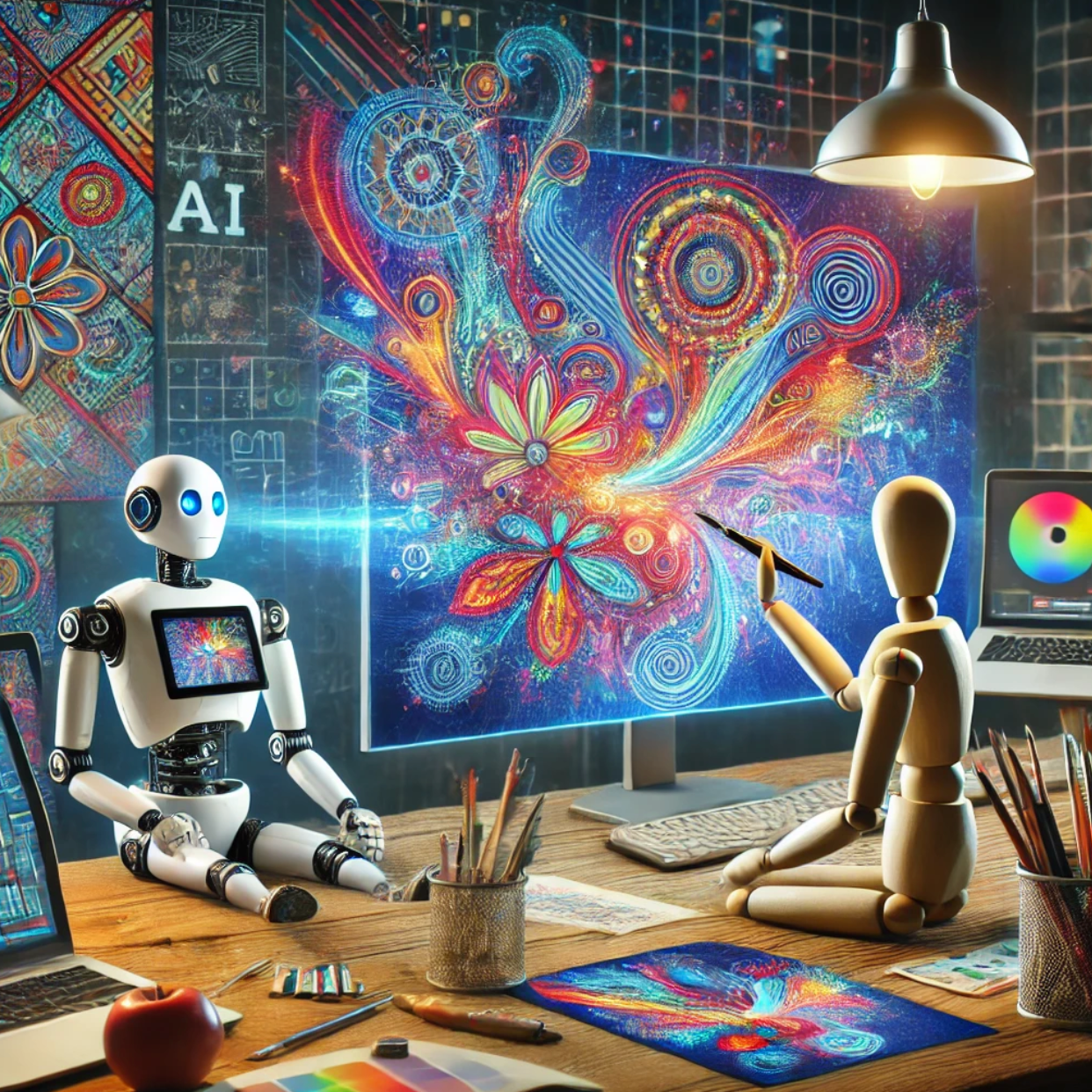
AI in Design: A Tool for Streamlined Creativity
In the field of design, AI is helping creatives streamline their workflows and generate high-quality graphics quickly. Platforms like Canva and Looka offer AI-based tools for logo and graphic design, allowing businesses and individuals to create professional-looking designs with minimal effort. These tools often use machine learning to analyze color schemes, font pairings, and layout preferences, generating designs that meet industry standards while allowing customization.
How AI Assists in Design
AI-powered design platforms often include template-based and generative design options. Users can select specific visual styles, colors, or elements they like, and the AI will produce a series of designs to match those preferences. For instance, Canva’s “Magic Resize” and “Auto Layout” tools allow designers to instantly adjust designs to different formats or layouts, a feature that saves hours of work.
The Debate: Originality and Market Impact in AI Design
As AI design tools become more popular, debates around originality and job displacement grow louder. Critics argue that AI’s ability to replicate styles and elements from pre-existing designs challenges the originality of AI-generated works. On the commercial side, affordable, high-quality AI tools create opportunities for small businesses and startups to access professional design services. However, some worry that as businesses rely more on AI for design, opportunities for human designers may shrink, particularly in entry-level roles.
Notable Example: The Wix ADI (Artificial Design Intelligence) tool helps users build complete websites by selecting their aesthetic preferences and business needs. It leverages AI to automatically create responsive layouts, graphics, and color schemes, catering to users with limited design experience and helping small business owners establish a professional online presence.
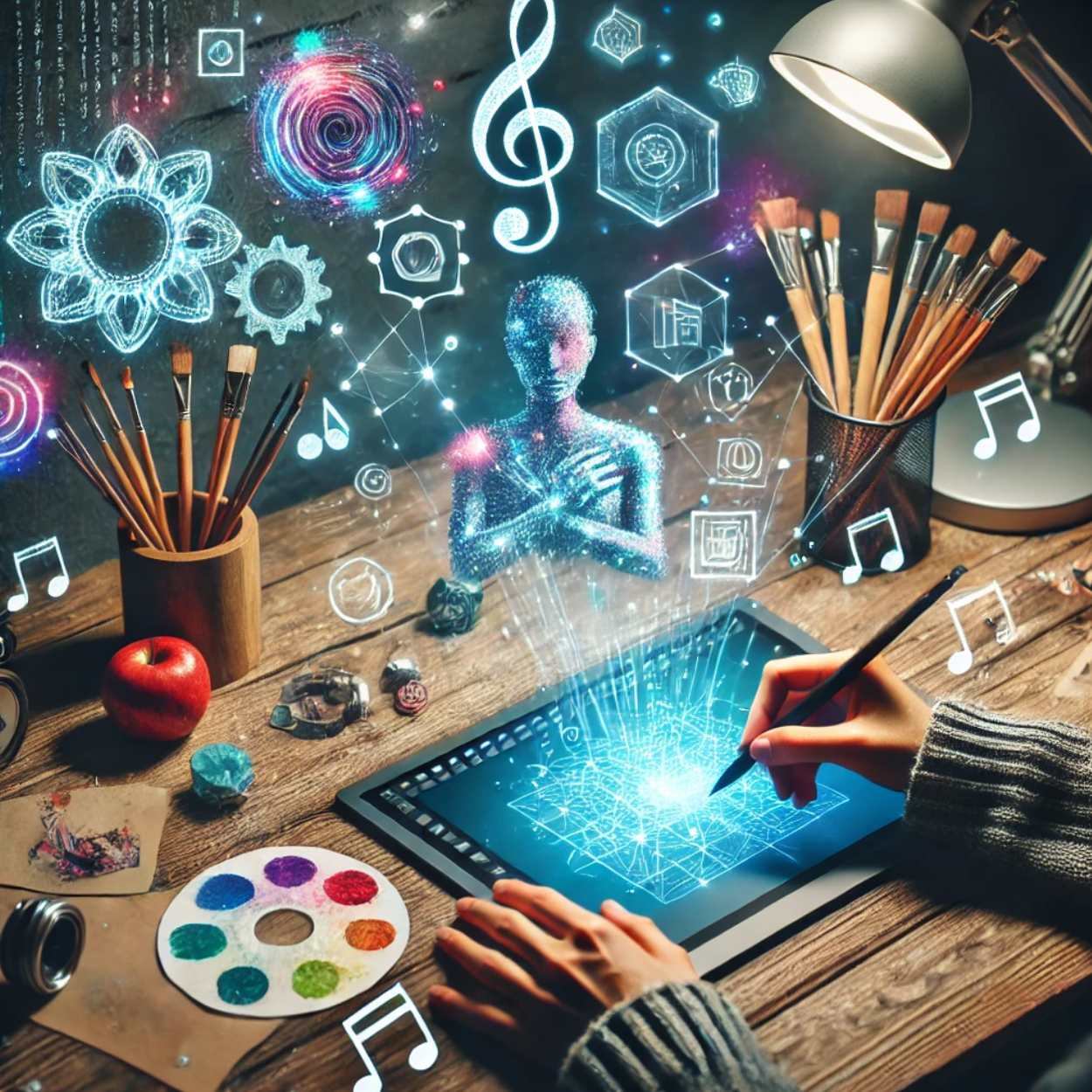
Implications of AI-Generated Content in the Creative Industry
Artistic Implications
The core question remains: can AI-generated art, music, and design be considered as “authentic” as work produced by human artists? While AI lacks personal experience, some argue that AI-generated content is a new form of expression, driven by the artist’s vision and facilitated by AI as a medium. This perspective redefines creativity as a collaborative effort between humans and machines, challenging traditional definitions of art and authorship.
Commercial Implications
AI’s integration into creative fields brings both opportunities and challenges for businesses. For small businesses, affordable access to high-quality, AI-generated content is a game-changer, allowing for professional visuals and marketing materials on a budget. However, the rapid expansion of AI in creative industries could lead to ethical dilemmas around copyright, ownership, and transparency. For instance, as more companies use AI to generate art or music, should they disclose AI’s involvement? And as AI continues to advance, will there be a need for new copyright laws to address the complexities of ownership?
The Future of AI and Creativity: Towards a Collaborative Landscape
AI’s role in creativity is still evolving, but one thing is clear: it’s here to stay. Many creators see AI not as a replacement for human creativity but as a powerful tool to enhance and expand it. By streamlining the more repetitive and technical aspects of creation, AI allows artists, musicians, and designers to focus on the visionary aspects of their work. Future advances may even lead to “co-creation” platforms where human imagination and AI capabilities come together in real-time, creating a space for innovation previously unimaginable.
Stay Informed on the Latest in AI and Creativity
The conversation around AI and creativity is transforming every day. For insights, expert analysis, and updates on the latest tools and trends in AI-driven creativity, sign up for our newsletter! Be part of a community exploring the cutting edge of art, music, and design. Don’t miss out on the latest in technology and creativity—subscribe today!
Sign Up For Our Weekly Newsletter and Get Your FREE Ebook " AI For Everyone - Learn the Basics and Embrace the Future"
